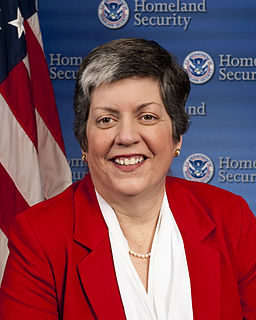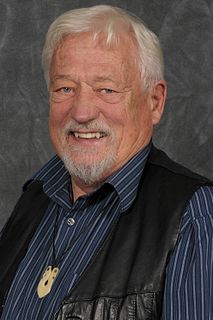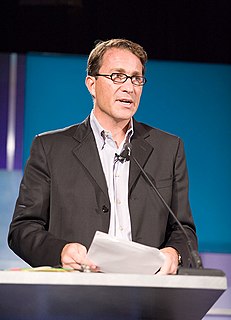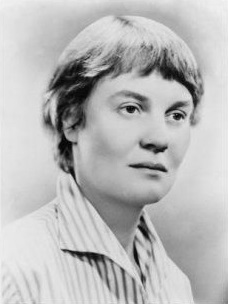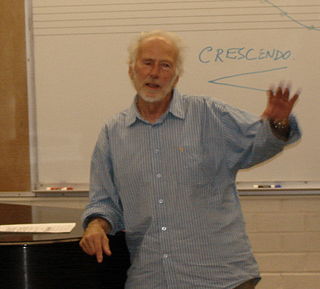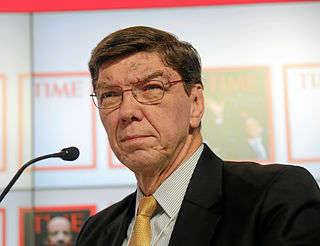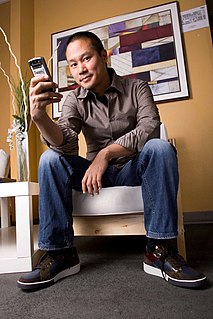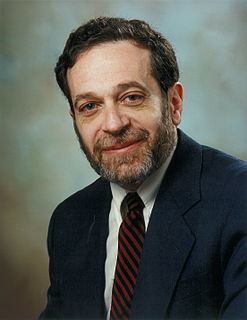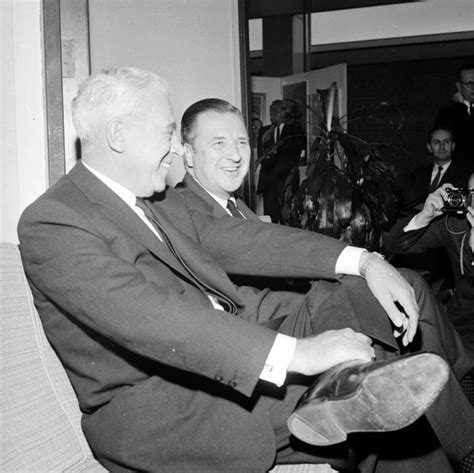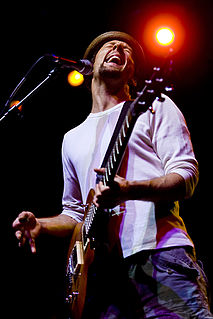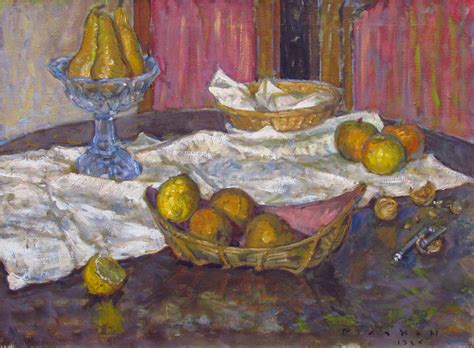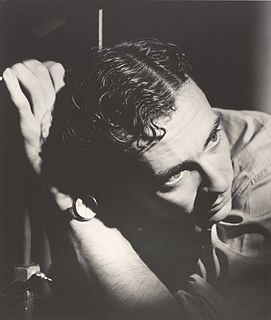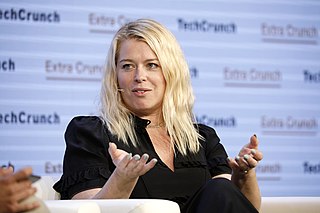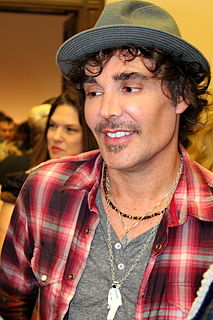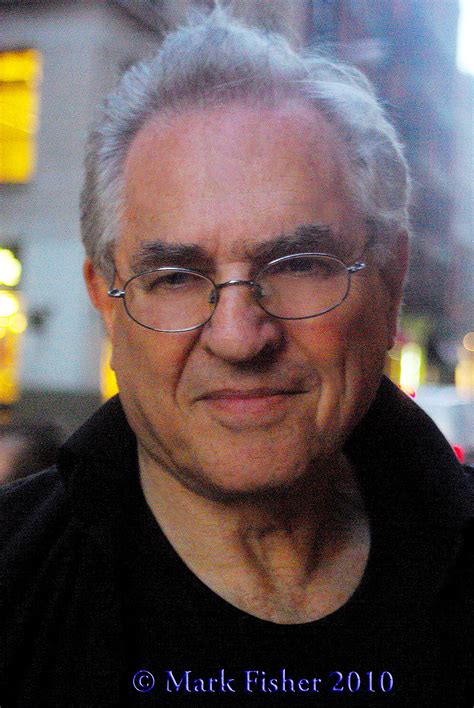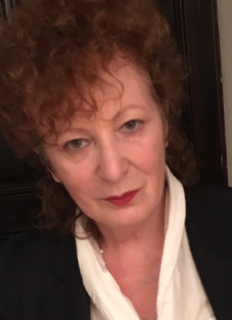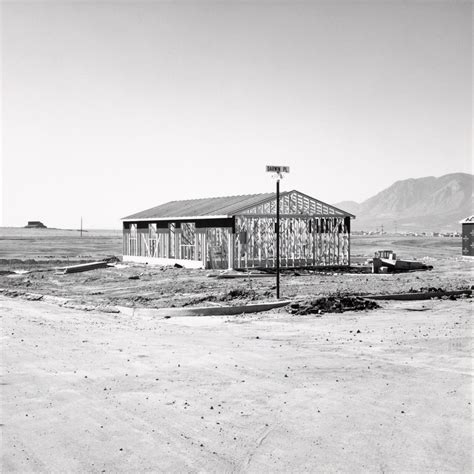A Quote by Henri Cartier-Bresson
Pictures, regardless of how they are created and recreated, are intended to be looked at. This brings to the forefront not the technology of imaging, which of course is important, but rather what we might call the eyenology (seeing).
Related Quotes
Now, a lot of what we are doing right now, quite frankly, is because of what happened on Christmas. Many of the things were kind of in the works. We were already planning, for example, the purchase and deployment of advanced imaging technology. You call them body scanners. We call them AITs (Advanced Imaging Technologies).
A lot of the medical imagery has to do with my own biography. I had open heart surgery, I had knee replacements, I had a hiatal hernia, etc. Every time you go for surgery, you get a whole spectrum of imaging. Of course, I've been doing research in imaging technology across the board for close to twenty years. When you think about it, medical imaging is actually quite new. The first major medical image was the x-ray in 1895. That was the first time you got imaging of anything that's in the bodily interior.
Today, entrepreneurs are at the forefront of a new era in which organizations put talent at the heart of their business models. And they have no choice. Having grown up surrounded by entrepreneurial freedoms, workers expect flexibility. They insist on collaboration. They demand meaning. Creating an environment that brings out the entrepreneurial instincts in your workforce - a worldview we might call "employeeship"- is key.
All images generated by imaging technology are viewed in a walled-off location not visible to the public. The officer assisting the passenger never sees the image, and the officer viewing the image never interacts with the passenger. The imaging technology that we use cannot store, export, print or transmit images.
And that desire-the strong desire to take pictures-is important. It borders on a need, based on a habit: the habit of seeing. Whether working or not, photographers are looking, seeing, and thinking about what they see, a habit that is both a pleasure and a problem, for we seldom capture in a single photograph the full expression of what we see and feel. It is the hope that we might express ourselves fully-and the evidence that other photographers have done so-that keep us taking pictures.
Someone once said that the two most important things in developing taste were sensitivity and intelligence. I don't think this is so; I'd rather call them curiosity and courage. Curiosity to look for the new and the hidden; courage to develop your own tastes regardless of what others might say or think.
History is littered with great firms that got killed by disruption. Of course, the personal computer, a technology that first took root as a toy, got Digital Equipment Corporation. Kodak missed the boat for a long time on digital imaging. Sony was slow to get MP3 technology. Microsoft doesn't know what to do with open source software. And so on.
Technology enables consumers and investors to have extraordinary choice and ease of switching, which, in turn, stimulates much fiercer competition than ever before, which, in turn, makes it imperative for every institution to innovate like mad. That innovation is powering our economy these days, and it requires companies to find and utilize creative workers. That's the most important syllogism going; technology is embedded in that syllogism, but it's not as if we're seeing these productivity gains because of the technology.
I love writing songs with people, which is about really taking risks, throwing yourself over the falls and really seeing what you're made of and seeing how it sticks. Seeing how others react to it, and seeing also how it can become a melody and how it can really take off from your experience. It's a way of seeing life unfold on the page before me.
I had always made pictures as I thought I saw the world, focusing on what lay in front, but this is not how one sees the world. It only frames the centre and cuts off the lateral vision, which lies unfocused. Now I found that I could turn my eye to the adjacent field of vision, seeing another focus, an extension which I added to the original. Instead of stopping at two focuses, I looked further to the side, adding another and yet another.

